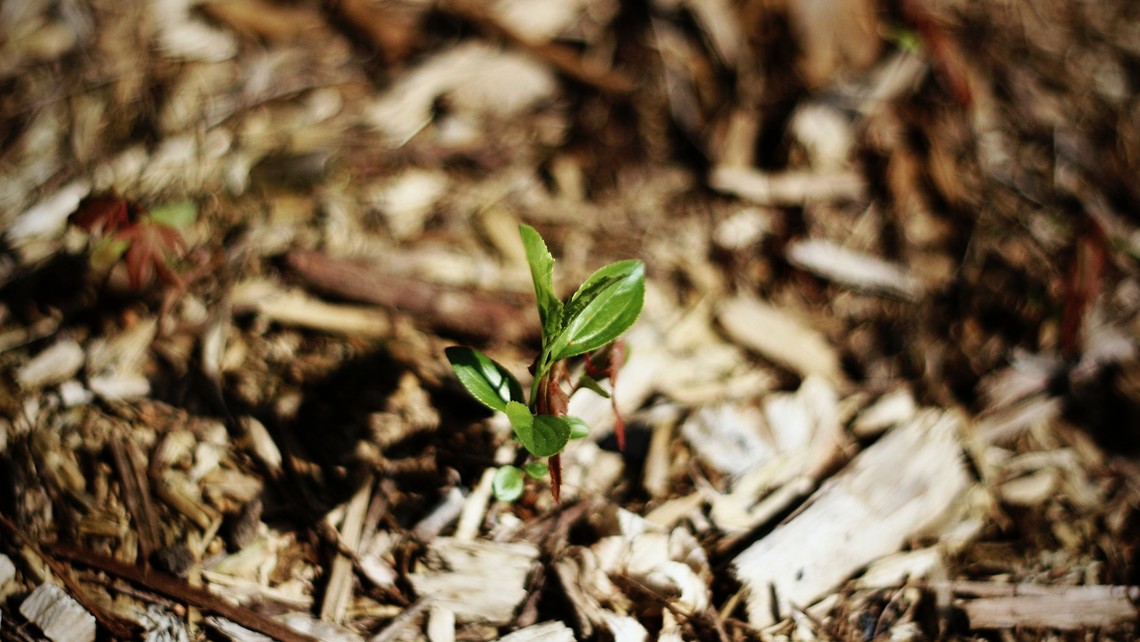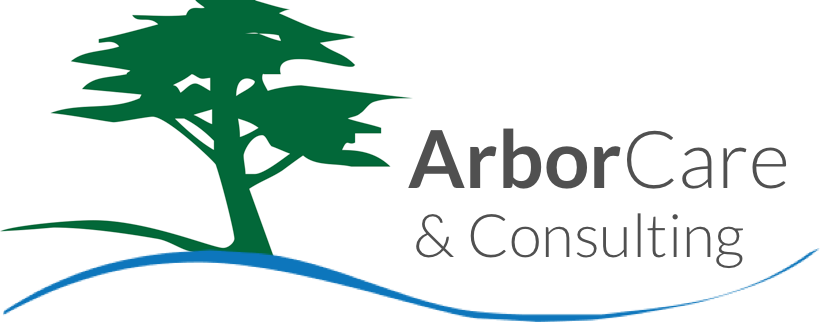
Often, I read “peer” sales literature, saying late winter/early spring is the time to “feed” your plants. Really? By way of analogy: If they mean it in the sense that when you happen to be excruciatingly hungry, it’s time to stuff a half pound of supplemental vitamins down your throat as opposed to a half-pound cheeseburger, then they obviously have no clue what they are talking about.
The only true plant food is made by the plant itself, with the help of water, sunshine, and vitamins and minerals (fertilizer).
Another “painful” mis-speak to me is the archaic, crop-raising/agricultural originating designator of any bag of fertilizer with the three macro nutrients (N, P, K) included as a “complete” fertilizer. The inclusion of macro nutrients, which we need more of than any other nutrients, doesn’t fill out a plant diet any better than if one were to only eat carbs, protein, and fats. The vitamins and minerals in fruits, vegetables, etc. are very important in so many aspects of maintaining one’s health. Plants also have secondary nutrients (moderate levels needed of Mg & Ca), and there are seven essential elements/micro-nutrients that are most notably deficient/unavailable due to clay soil—iron and manganese.
OK, so here is some practical information and advice. Don’t remove all your leaves and grass clippings; a mulching mower driven slowly with several passes and sharp blades does a great job of helping Mother Nature replenish necessary nutrients.
Don’t buy anything that is a weed & feed! This is synthetic junk that wreaks long-term havoc on your plants and wallet.
For example, synthetic products that rhyme with “scotts” turn into salts after they do their thing. The salts slowly sterilize your soil, i.e., kill the beneficial bacteria, microorganisms, nematodes, and mycorrhizae that make up the natural cycle. When the cycle is broken, you spend more money on fertilizer, herbicides, insecticides, and eventually new turf.
DO USE only (or at least mostly) organic or natural products. If you have significantly shallow topsoil, put a four-way mix soil down every year in those areas at a rate of 1/3 of an inch. Use a topsoil turf-dressing when less is needed, but you must mix in some compost into the application as well, at an approximate rate of 15–20% of total application. Feel like you just have to use a fertilizer for your turf? Then try Medina Hasta Lawn. Do you have plants that tend to have yellow leaves? Look like they don’t fight off bugs well? Are stressed? Find the micronutrient product that works best from among these suggested manufacturers: Medina, Espoma, Fertilome, Natures Way, Watson Farms, and Ladybug.



